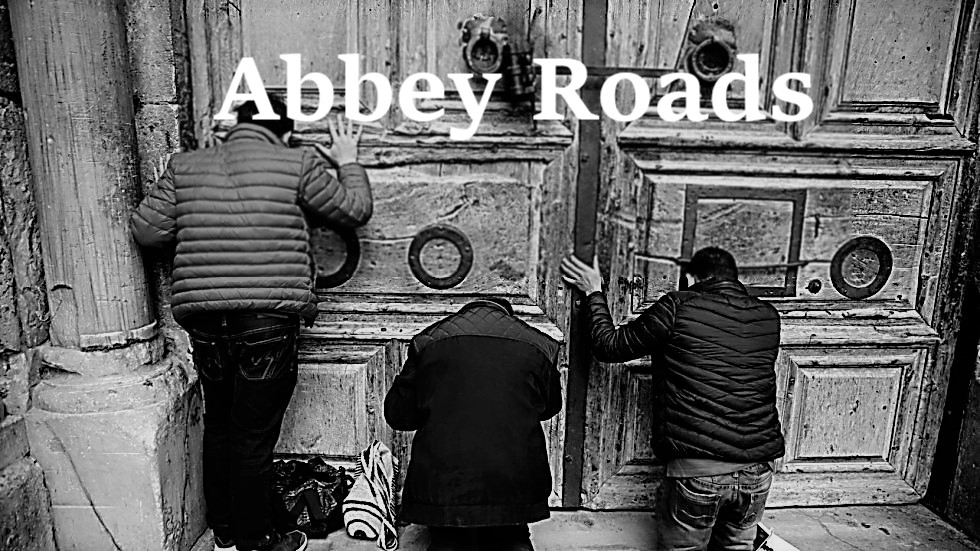Maurice - E.M.Forster
George Merrill and Edward Carpenter
Forster based his characters , Maurice and Scudder
on these two men who lived together for thirty years,
despite the British laws against homosexual relations.
Merrill was from a lower social class than Carpenter,
just as Scudder and Maurice.
Now we are here - talking about this stuff in front of the Pope.
Strange stuff.
An intermediate - third way ...
Carpenter believed that at sometime in the future, gay people would be the cause of radical social change in the social conditions of man. Carpenter remarks in his work The Intermediate Sex:
"Eros is a great leveller. Perhaps the true Democracy rests, more firmly than anywhere else, on a sentiment which easily passes the bounds of class and caste, and unites in the closest affection the most estranged ranks of society. It is noticeable how often Uranians of good position and breeding are drawn to rougher types, as of manual workers, and frequently very permanent alliances grow up in this way, which although not publicly acknowledged have a decided influence on social institutions, customs and political tendencies."
Despite their unorthodox living arrangement, Carpenter and Merrill managed to escape scandal and arrest in the hostile social climate due to the seclusion afforded them in Millthorpe and Carpenter's notable literary diplomacy. In his writings Carpenter was keen to downplay the physical side of same-sex partnerships, emphasizing the emotional depth of such relationships. To bolster such a portrayal, Carpenter drew a great deal of inspiration from Plato's idealised view of same-sex love, popular with Victorian gay men, who used classical allusions to 'Greek Love' as a coded language to discuss their sexual orientation. Their remoteness from society allowed Carpenter to indulge in naturism which he believed was a symbol of a life at one with nature. - Source
There seems to be some notable parallels with contemporary gay movements.
Ed. Note: I posted this because it demonstrates for me, a pattern which is common among same-sex partnerships. It's a typical arrangement - I'm not denying affection is present - but oddly enough the one partner, younger, from a lower station, is taken in by an older partner who provides, and in the case of Tom Ford and Don Bachardy, mentors and elevates. I didn't take the time to include the likes of Ford and Buckley, Isherwood and Bachardy - yet these arrangements are the realization of Carpenter's hope that gay people would be the cause of radical social change. Gay-Catholics seem to be re-imagining the Uranian precedent as what could or should be accepted by the Church. Some proposing that being gay is a gift from God, and on that account gay people have special gifts for the Church, and that gay people will renew the Church.
I see legitimate cause for concern when so many argue for recognition of same sex partnerships, be they Side A or Side B - it's the wrong direction. That said, pastoral care isn't usually what same sex couples are looking for - if anything, they are looking for a change in doctrine - some call it a development in doctrine. My point here is to remind people of the history. As Forster, Isherwood and company demonstrate in their romances. It just keeps reemerging in different guises... no pun intended, guys.




No comments:
Post a Comment
Please comment with charity and avoid ad hominem attacks. I exercise the right to delete comments I find inappropriate. If you use your real name there is a better chance your comment will stay put.